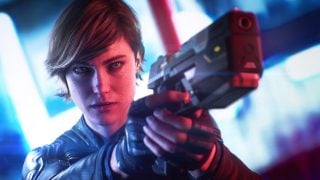Note: This is a review of the PC version of Streets of Rage 4. For specific thoughts on how the Switch version runs, check out our other article on the topic!
The side-scrolling beat ’em up is a rare find these days, with only a few indie developers keeping the torch burning, looking back at the classics for inspiration. Streets of Rage is perhaps the most beloved of all, with its gritty neon aesthetics and Genesis-powered soundtrack enduring in the hearts of many to this day. So, Dotemu, Lizardcube, and Guard Crush Games had a lot to live up to when they decided to make the first game in the series since 1994, but miraculously they have pulled it off.
It’s worth taking a look back at all three companies’ recent output, because it all comes together in explaining just why Streets of Rage 4 works. Dotemu and Lizardcube previously worked on another classic Sega IP with Wonder Boy: The Dragon’s Trap, which featured a very similar hand-drawn style. Guard Crush Games, meanwhile, is one of the aforementioned torch-carrying indie developers behind Streets of Fury, a zany love-letter to the genre – and that game’s engine has been retooled for Streets of Rage 4.
So, like all the best retro revivals, Streets of Rage 4 is undeniably a passion project for those involved, and it shows.
Retro Rage
The call-backs begin as soon as you start up the story mode, with a scrolling wall of text telling the player that the classic characters Axel Stone and Blaze Fielding have returned to the Streets of Rage ten years after the defeat of Mr. X, after which you’re immediately dropped into a familiar neon-drenched urban landscape.
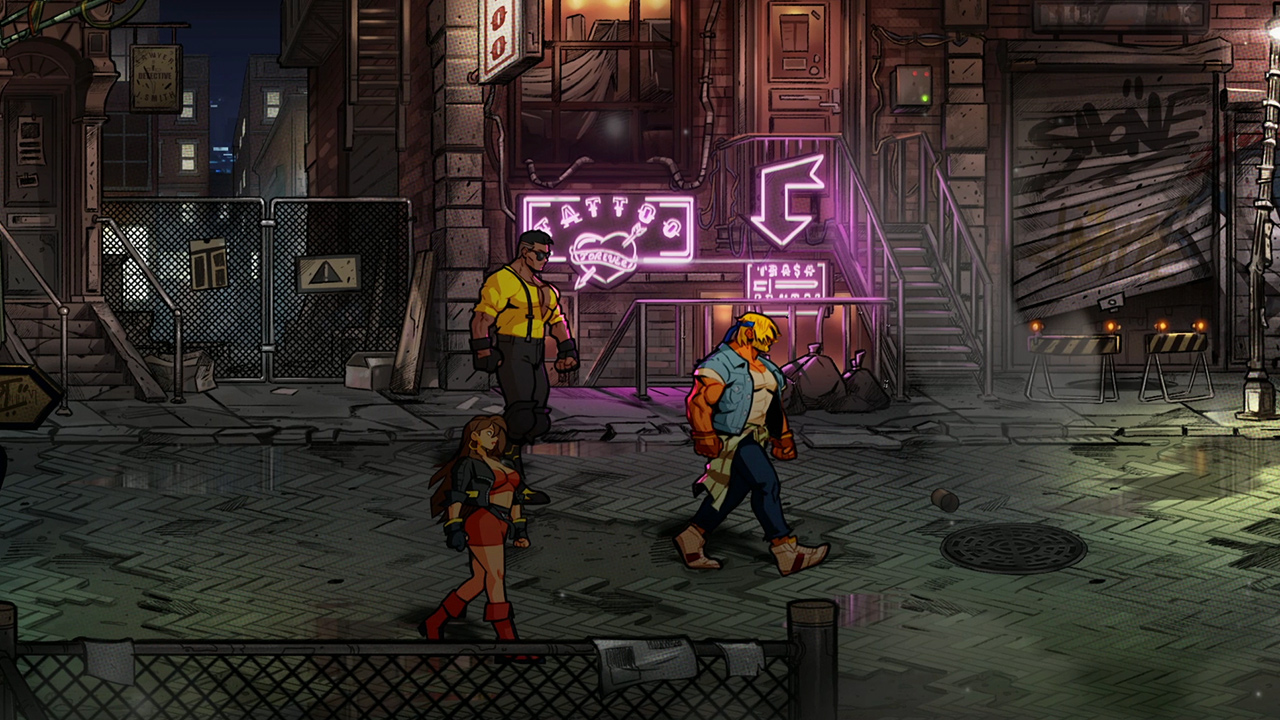
Cue the music, which was primarily composed by industry veteran Olivier Deriviere while also featuring tracks from Motohiro Kawashima, Keiji Yamagishi, Harumi Fujita, Das Mörtal, Yoko Shimomura, and Groundislava, with original composer Yuzo Koshiro supplying one or two tunes, too. While some may object to the more experimental music in later stages, for the most part the soundtrack continues the gritty, catchy stylings of the original trilogy. Layer on some incredibly familiar sound effects on top of that and you’ve got a nostalgic blast to the past.
That’s not to say it’s all old, however. Joining Axel and Blaze from the start are the new characters Floyd Iraia, a cyborg enhanced by Dr. Zan, and Cherry Hunter, the daughter of the third original Streets of Rage hero Adam Hunter (who himself becomes playable later on). And that’s to say nothing of the gameplay changes…
Clearing Combos
Streets of Rage 4 offers the player a lot of options when it comes to tackling enemies. If you want to take it old school, picking up knives and iron pipes to bash folks over the head, you can do just that. But if you want to take everyone down more efficiently, you’ll have to activate the special moves and seek out some combos.
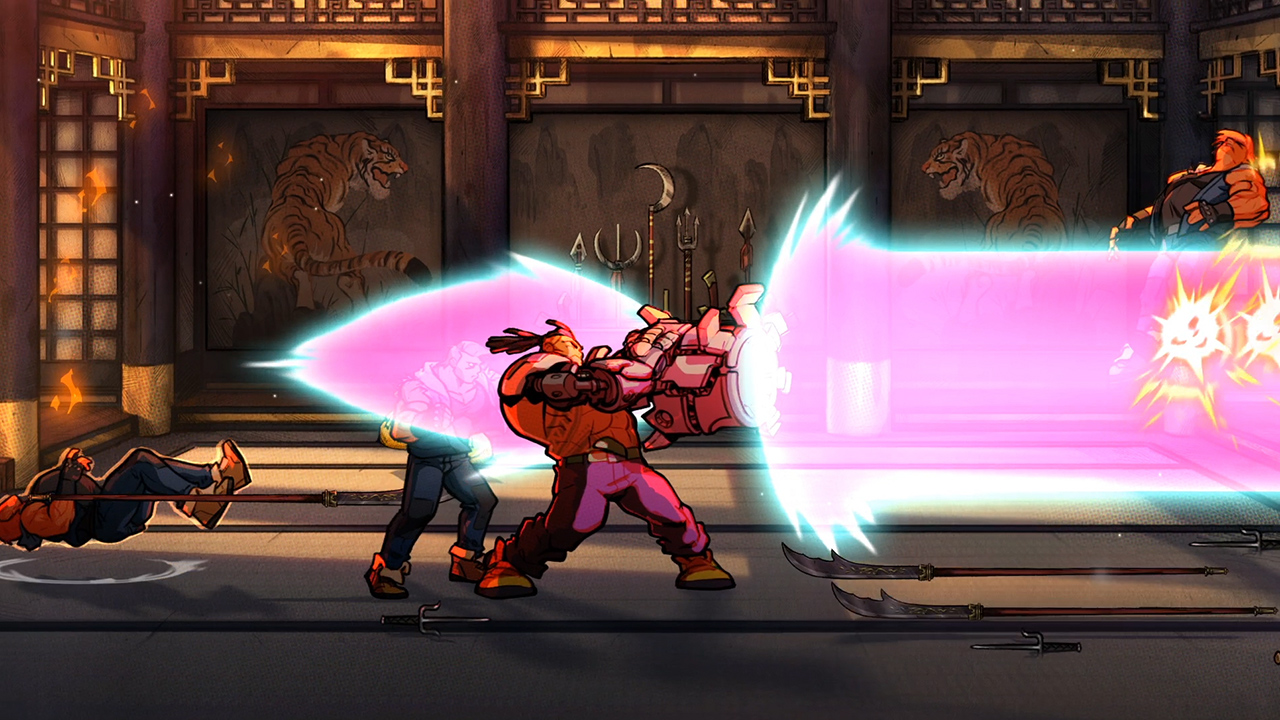
With the simple press of a button, you can unleash a variety of specials, depending on which direction you’re pressing. Using Blaze as an example, her stationary special is a dolphin kick, sending enemies in front of and behind her into the air. Her forward special is a miniature hadouken of sorts, capable of hitting enemies at a short distance. The final type of special is the aerial, which in Blaze’s case is an rising kick meant more for juggled enemies. It’s through the mixing of these specials that you can achieve massive combos and thin out the crowds of enemies that swarm you.
That said, you’ll still have to fight the old fashioned way. Using specials eats up your health, which is highlighted by a green chunk being taken out of the health bar. You can only refill this by hitting enemies with normal attacks, and if you happen to get hit before then, you lose it all and then some. This results in a satisfying risk-reward system where you can go all-out and risk everything or play it safe, utilizing weapons and throws to manage your enemies between specials.
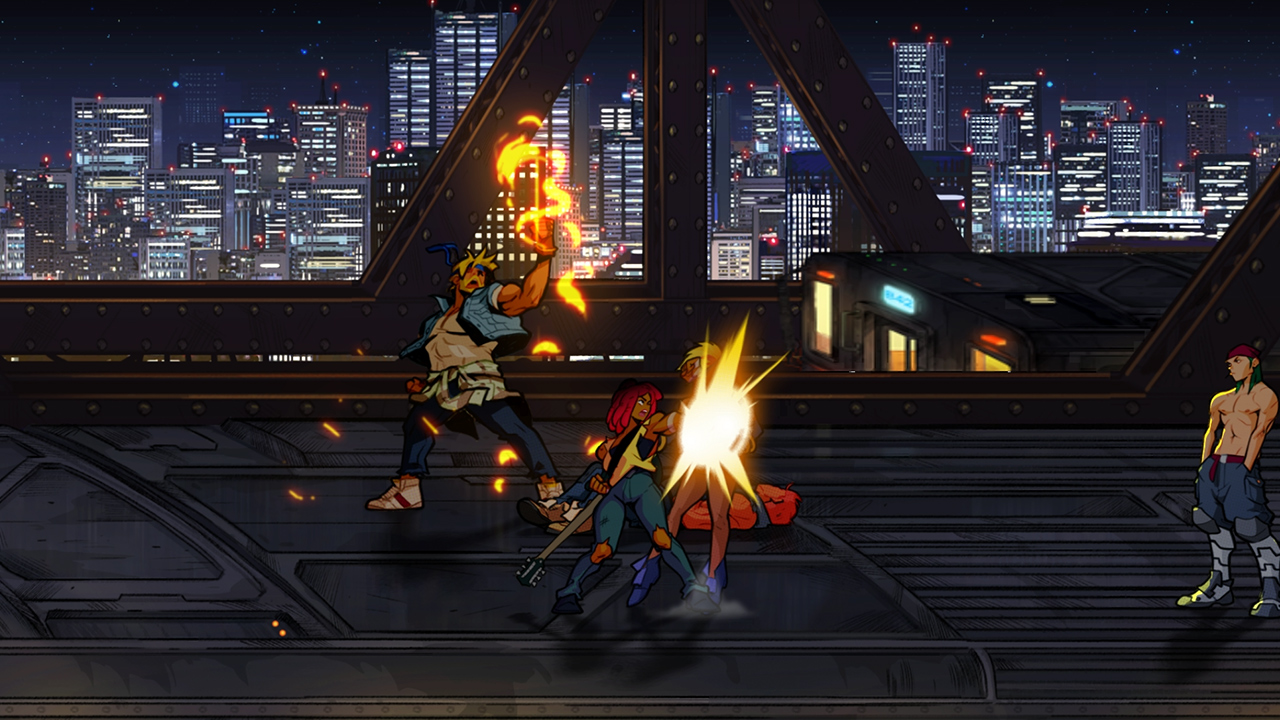
Finally there are the super moves, which act similarly to the screen-clearing moves in the original trilogy. Thankfully it’s not as easy to accidentally activate them this time around — remember summoning the police car within five seconds of playing the original? — instead relying on two buttons being pushed at once. These are still very powerful, especially against normal enemies, but don’t expect them to obliterate bosses.
Select Player
Each character also plays differently, meaning you might want to play as everyone before you decide on which character will take you through the game. Cherry, for example, has a lot of powerful area-of-effect attacks with her electric guitar shredding, while Floyd is very much a grappler, with his forward special essentially extending his grab rather than dealing damage. You’re encouraged to at least experiment, however, as the game features an unlock system based on points, and you get more of them for replaying stages with different characters for the first time.
As you’d likely expect, Streets of Rage 4 is a game that feels tailor made for multiplayer sessions. Certain enemies block from the front, while the sheer number of them can get overwhelming at times for solo players. While it’s definitely possible, and still fun, to play alone – shields can be broken with a well executed combo, for instance – be prepared for a much more brutal time. Thankfully, if you’re just there to experience the story or get used to the controls, there are a variety of assist functions that boost your number of lives and available super moves, though your final score will take a hit and as a result it’ll take longer to unlock the bonus content.
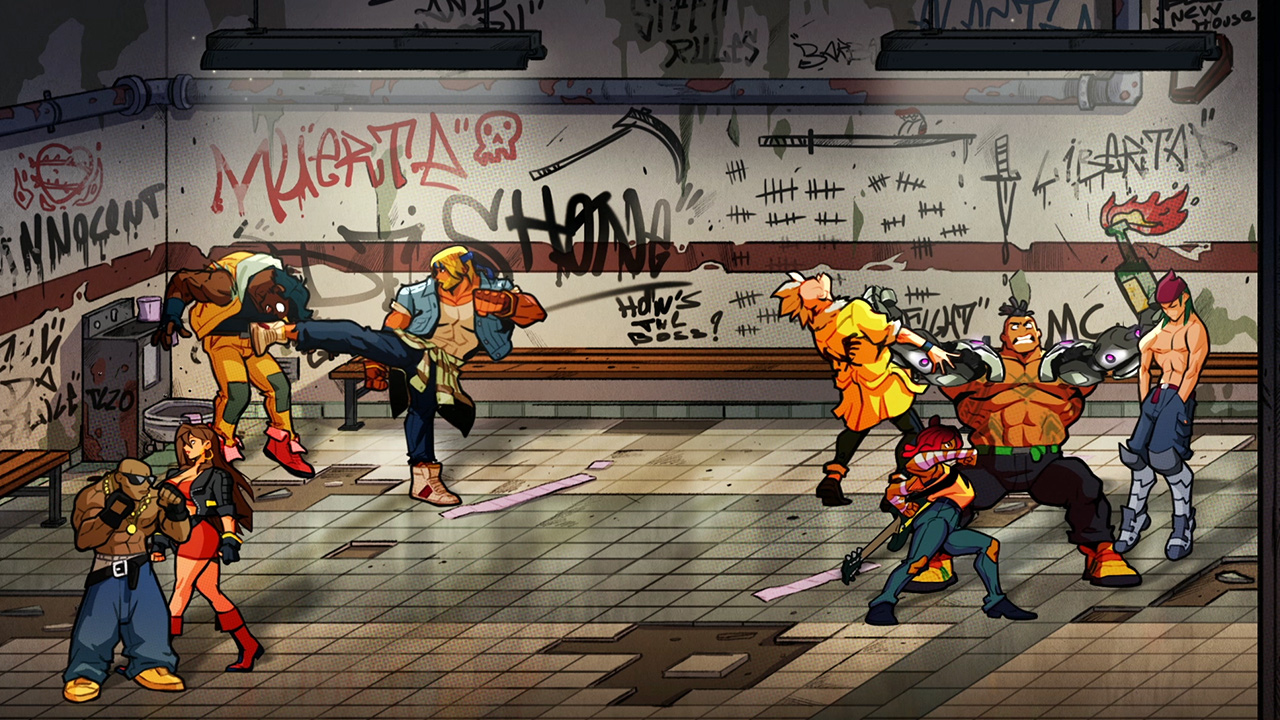
It’s worth noting that the devotion to the original games may also rub some players the wrong way. Things like awkward hit detection when you’re not on the same “plane” as enemies can prove frustrating, for example, though it’s not nearly as bad as it could have been.
Painting the Streets
Aesthetically Streets of Rage 4 is amazing. The hand-drawn characters animate beautifully, with expressions and movements filled with life, while the backgrounds feature plenty of little details you might miss if you don’t pay attention.
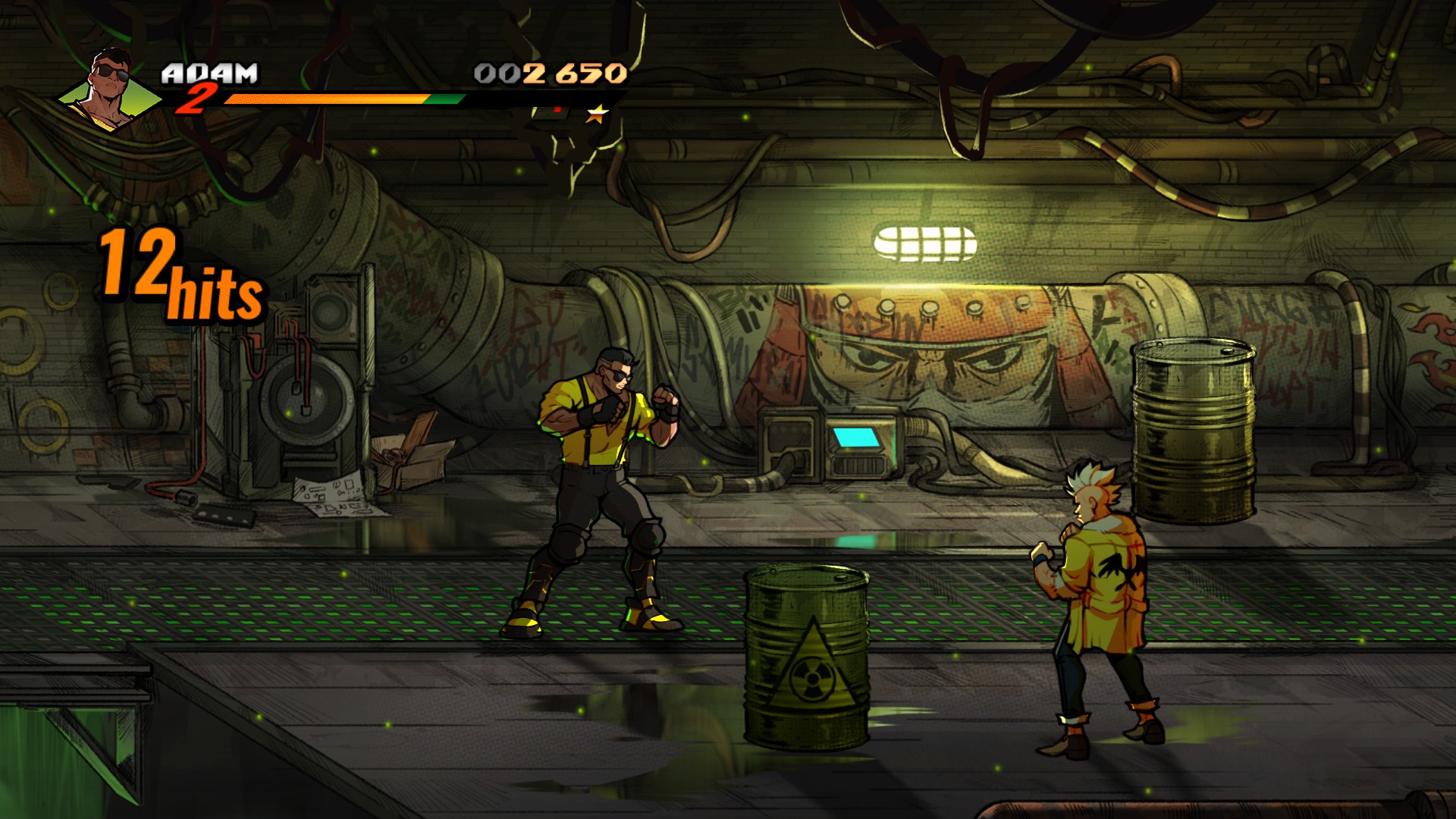
When the game introduces foreground elements it can prove a little frustrating, however, with dropped items often disappearing from view with no indication of where they fell. It isn’t just weapons, either – if you aren’t paying attention, you might miss out on one of the series’ famed braised chickens, which might leave your health in a precarious position. This could be remedied with the simple addition of an icon appearing above the items and in front of foreground elements, and I hope such a change is in the works for future updates.
Also bizarre is the lack of voice acting during the cutscenes. Granted, the story was never going to play a major role, but considering the characters are voiced in-game and on the character selection screen, it’s an odd omission.
Ultimately, while Streets of Rage 4 feels like a game by the fans, for the fans, that’s selling it short. It’s a great throwback to a genre long-thought dead, revitalized with modern technology while maintaining just what made the franchise special in the first place. If you’ve never visited the Streets of Rage before now, it might be time to take the trip.
Leave a Comment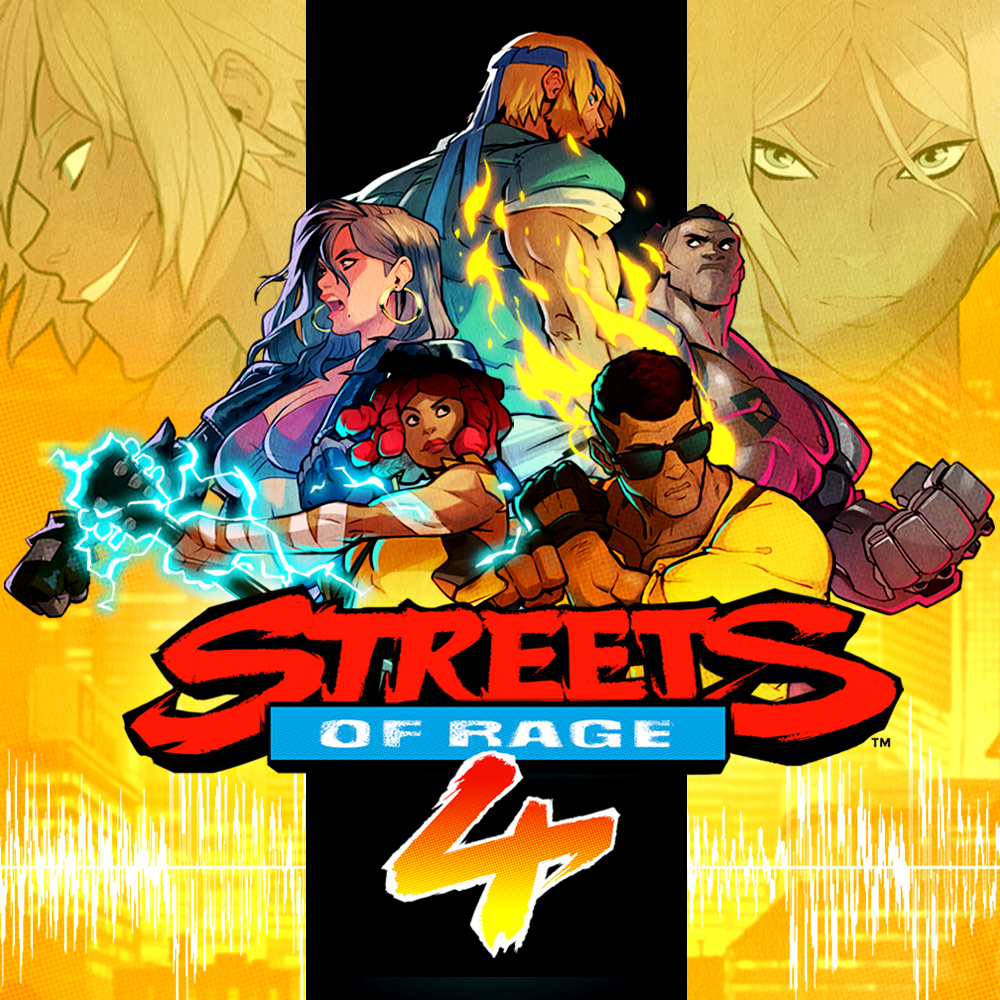
System: Nintendo Switch
Release Date: April 30, 2020
Categories: Beat ’em up
Publisher: Dotemu
Developer: Dotemu, Lizardcube, Guard Crush Games

